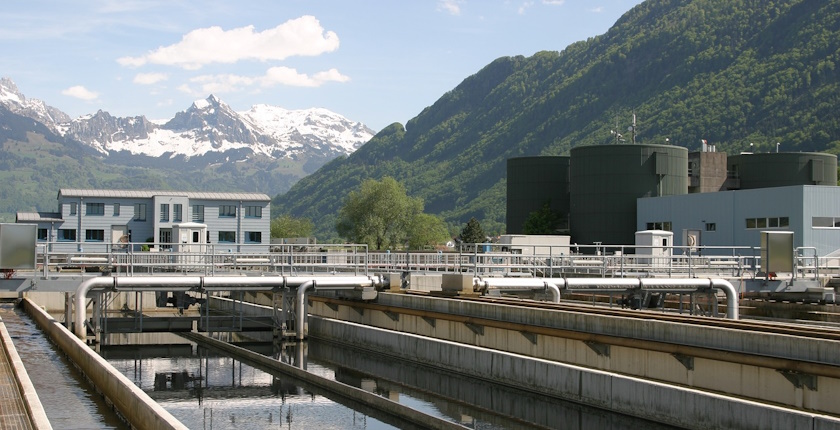
Photo: kubinger from Pixabay
The Council of the European Union has approved the revised directive on urban wastewater treatment. The new rules cover smaller agglomerations as well, more pollution sources, and micropollutants, with the aim of contributing to the EU’s energy neutrality.
The EU’s Urban Waste Water Treatment Directive (UWWTD) was adopted in 1991. A 2019 evaluation revealed that micropollutants and certain pollution sources, particularly in smaller agglomerations, were not sufficiently regulated. As a result, the European Commission proposed a revised version in October 2022. The EU Council and the European Parliament reached a final agreement on January 29.
The new rules mandate that member states collect and treat wastewater from all agglomerations with more than 1,000 population equivalents, down from the previous threshold of 2,000. Population equivalent is used to calculate the pollution level in urban wastewater.
By the end of 2035, all agglomerations with between 1,000 and 2,000 population equivalents must have wastewater collection systems connected to all domestic wastewater sources. Additionally, biodegradable organic matter must be removed from urban wastewater before discharging it into the environment.
Exemptions have been approved for member states with very low collection systems coverage. The ones that recently joined the EU – Romania, Bulgaria, and Croatia, can also benefit from the derogations.
From 2039, facilities processing wastewater for populations above 150,000 population equivalents must remove nitrogen and phosphorus, and by 2045, additional treatment will be required to remove micropollutants.
Pharmaceutical and cosmetics producers must cover at least 80% of the additional wastewater treatment costs.
Pharmaceutical and cosmetics companies will be significantly involved in wastewater treatment, as they are a primary source of micropollutants. Under the new regulation, producers must cover at least 80% of additional costs for treating wastewater pollution through extended producer responsibility (EPR), a specific financial scheme, following the polluter pays principle.
The new rules also set a target for renewable energy use. Starting in 2045, facilities treating a load of 10,000 population equivalents or more must use renewable energy. “The urban wastewater treatment sector could play an important role in significantly reducing greenhouse gas emissions and helping the EU achieve its climate neutrality objective,” the Council of the EU said.
Once the directive enters into force, countries will have 31 months to implement it into national legislation.
Romania and Bulgaria say new rules are challenging
Although the updated directive takes into account the limited capacity of Bulgaria and Romania to meet the new standards, implementation remains challenging, as both countries highlighted in their comments on the new regulations. They emphasized the need for significant investments to implement the directive, pointing primarily to financial challenges. Bulgaria expressed concern about high costs and expressed the need for flexible timelines and additional EU financial support, while Romania warned that costs would particularly impact its rural areas.
Bulgaria stressed EPR may reduce competitiveness and increase healthcare costs for its citizens, while Romania said high costs could lead to a health crisis. Both governments called for harmonized application of EPR at the EU level to prevent unequal burdens among member states.
Of note, Serbia and other EU candidate countries in the Western Balkans are obliged to incorporate all EU laws, regulations, and directives into their legal frameworks.


















Be the first one to comment on this article.